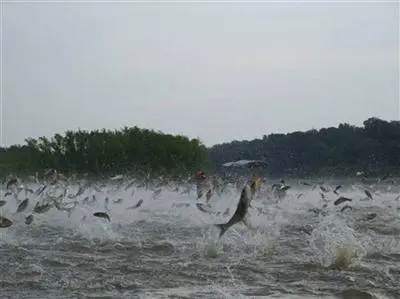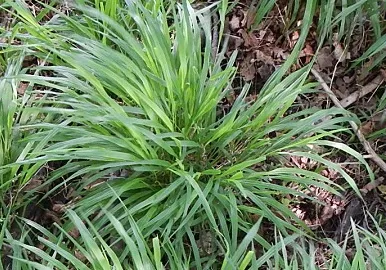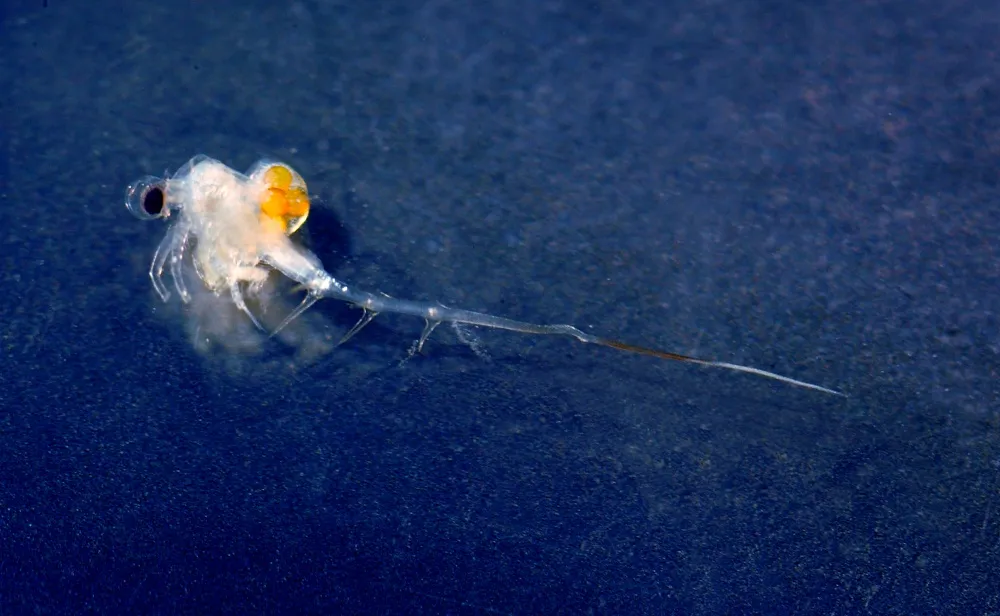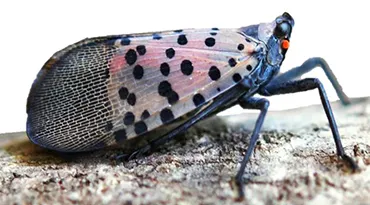Round Goby
Neogobius melanostomus
The round goby is a small, soft-bodied fish with a distinctive black spot on its first dorsal fin. It has large, protruding eyes and its body ranges from 4-10" in length. While juveniles are grey, adult round gobies have grey, black, brown and olive green markings.













